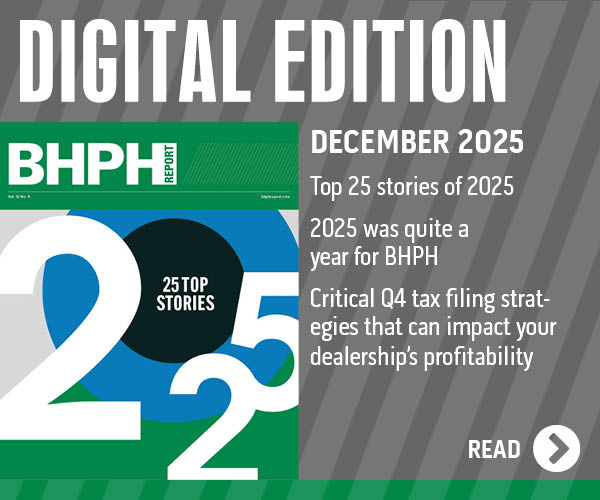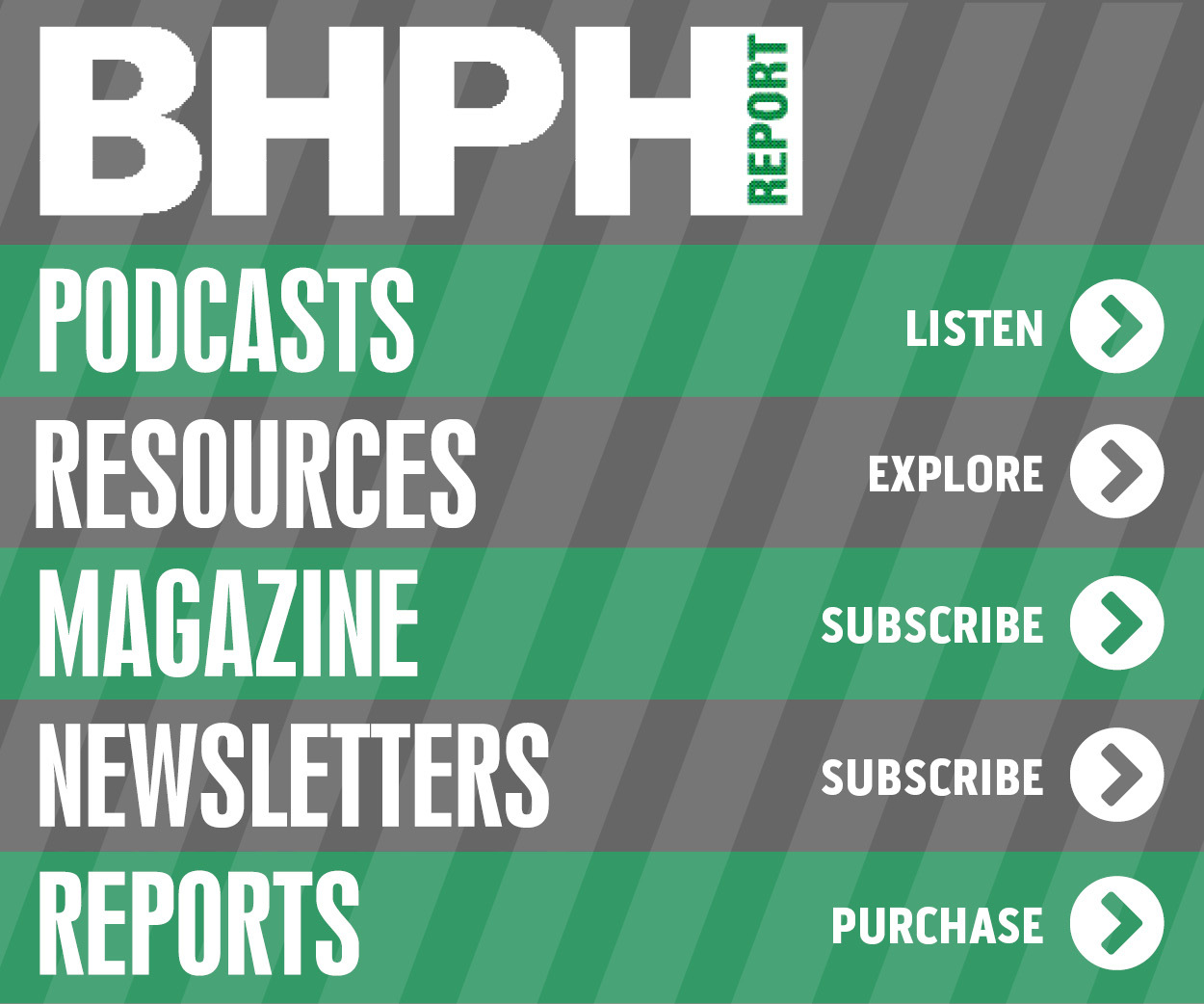ANALYSIS: Worried about your exposure due to extending credit in subprime?

By subscribing, you agree to receive communications from Auto Remarketing and our partners in accordance with our Privacy Policy. We may share your information with select partners and sponsors who may contact you about their products and services. You may unsubscribe at any time.
ARLINGTON, Texas –
A large percentage of independent buy-here, pay-here dealerships are primarily funded by a line of credit from a bank. For the most part, these arrangements have worked out well for both parties, but there appears to be a growing problem with the BHPH model as well as other independent subprime auto finance companies. There are reliable sources reporting that over 60-day delinquency has been growing recently among these subprime lenders. Two sources reporting this are the Federal Reserve Bank of New York and Experian.
The issue with rising delinquency is that increasing defaults and repossessions follow, and then losses occur. Although collateral is usually recovered by the dealership or finance company, proceeds from resale or auction do not come close to covering the remaining principal amount of the installment contract. Increasing losses could imperil your loan to the BHPH dealership or auto-finance company and draw the attention of examiners, not just to that loan, but to the entire portfolio. During 2009-2010, examiners became highly skeptical of the extension of credit to any bank customer that was involved in any business labeled as subprime. Undoubtedly, overreaction was the style of the day, but nonetheless, pain was felt by the banking institutions that were participating.
Rising delinquency indicates a range of possible problems from relaxed underwriting diligence to poor collection practices. As consumer finance companies attempt to hold or improve their market penetration percentage and portfolio balances, a more liberal underwriting policy creeps in because everyone else is doing it and to remain competitive is critical to survival. There may be a more diligent collection effort, but this can be dangerous due to pushing the envelope of acceptable regulatory compliance practices. Consumer complaints to such agencies as the Consumer Financial Protection Bureau may also jeopardize the finance companies. Some BHPH dealerships believe that they are too small to attract CFPB attention, but there has been enough evidence of the CFPB’s willingness to investigate these dealerships’ credit practices to disprove that belief.
Typically, borrower reporting is periodic to the bank, so problems may be masked due to the interval between reports. Report content may not be sufficient to alert the bank to impending problems. Simply receiving payments on the line of credit is not conclusive evidence of the financial health of the borrower. As the usual expectation is for lines of credit to be serviced by income of the finance borrowers, delinquency/defaults may be causing finance borrowers to have difficulty covering their bank credit obligations. Well capitalized finance borrowers may be able to support the line of credit from company equity or from personal funds which may delay further recognition of the deteriorating situation. Many borrowers are typically optimistic about their business, and therefore, slow to reveal problematic results.
Lenders (banks) should have built-in safeguards to protect against LOC jeopardy. During the loan approval process, data collection and analysis is typically thorough. Monitoring operational success is a little more difficult and judged more by current payment status than regular visits and review of results. While audits of receivables at the dealership/finance company is tedious and costly, having that tool in the bank’s diligence arsenal can identify problems early enough to prevent serious failure.
As poor collections procedures at the consumer finance level can exacerbate delinquency, an additional tool in the toolkit should be to require downstream lenders to agree to a backup servicing arrangement so that the transfer of collection and loan servicing activities can be immediately put in place in case of delinquency/default escalation. There are three forms of backup servicing – cold, warm, and hot. Cold backup servicing means that a third-party servicing provider be sent a periodic, usually monthly, data file of all collection activity and reports. In the event of a failure on the part of the borrower’s collection activity, the data file in the hands of the third-party servicer can be loaded, updated with subsequent transactions, and then consumer contact and payment activity transferred to the third-party servicer. Payment income is redirected to servicing the LOC with excess being remitted to the finance borrower. This is a reordering of the “waterfall.”
Subscribe to Auto Remarketing to stay informed and stay ahead.
By subscribing, you agree to receive communications from Auto Remarketing and our partners in accordance with our Privacy Policy. We may share your information with select partners and sponsors who may contact you about their products and services. You may unsubscribe at any time.
Warm backup servicing is similar, but with more frequent data transfer from the finance borrower to the backup servicer. Typically, all collection data is transferred semi-monthly to the backup servicer enabling the transfer of servicing and collections on shorter notice. This data may include collection notes, loan modifications, etc. Less posting of subsequent transactions is necessary.
Hot backup servicing enables almost instantaneous transfer of servicing as all electronic and images of paper files are in place at the backup servicer’s facility, practically functioning in a parallel environment. In some cases, where the finance borrower and the backup servicer are on the same servicing system platform, the data transfer is real-time and the ability of the backup servicer to provide collection duties is a matter of sharing passwords.
Cold backup is remarkably inexpensive as a percentage of the outstanding consumer loan portfolio of the finance borrower. And, not surprisingly, warm and hot backup are more expensive due to contemporaneous data transfer and use of system assets. However, the expense is acceptable to protect the loan performance from the finance borrower to the bank.
In most cases, cold backup is adequate and can be arranged for as little as a few hundred dollars per month. The time to set up the arrangement is coincident with extending the credit and billed as a borrower cost of the loan.
There are various potential perils of extending credit to any customer, but where downstream credit is being granted, setting up backup servicing is a valuable safeguard for the bank and not burdensome for the bank’s customer. But, backup servicing can also be added at renewal time or as an in-term loan modification.
Jim Bass joined Center Street Finance as the senior vice president for business development earlier this year. Prior to joining Center Street, he had been involved in the subprime auto finance industry for more than 25 years having been the CEO or president of Auto One Acceptance Corp. (acquired by California Federal Bank); Autoeloan.com, Inc., an early online auto finance company; Auto One Acceptance, LLC, an auto finance company specializing in serving Hispanic owned dealerships; SVP of driversselect, an innovative independent auto dealership in Dallas; and director of Vendor Compliance for First Investors Financial Services. He was also a member of the board of directors of Travelers Leasing, a nationwide subprime auto finance company in Vancouver, British Columbia until its acquisition by Scotia Trust Bank. He is a founder of the National Automotive Finance Association, and has served in several capacities including president, chairman, and is currently an executive committee and board of directors member. He was the recipient of the National Automotive Finance Association’s first Industry Excellence Award at the annual NAF Conference on June 2, 2010. He is a frequent speaker at auto finance conferences as well as a contributing author in auto finance industry trade publications. He is licensed as a certified public accountant and resides in Arlington, Texas.


